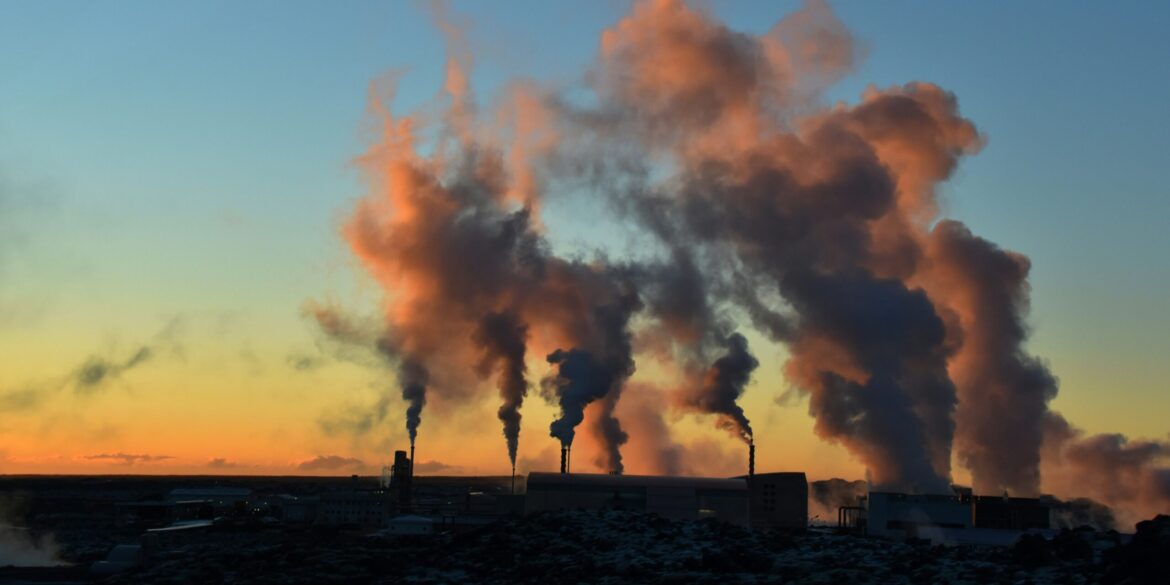On August 2, 2025, U.S. Senators Bill Cassidy and Lindsey Graham reaffirmed their support for the Foreign Pollution Fee Act of 2025, legislation that seeks to impose tariffs on imports based on the pollution intensity of their production. The reintroduction comes amid mounting concerns over global emissions fairness and economic competitiveness for U.S. manufacturers.
Originally introduced in April 2025 as Senate bill S.1325, the revised bill updates an earlier 2023 version and is currently before the Senate Committee on Finance. Cassidy and Graham emphasize that the fee structure levels the playing field between American producers—who face strict environmental compliance costs—and foreign competitors from countries with laxer standards, such as China and Russia.
Rather than applying a flat rate tariff, the 2025 version implements a tiered fee system. Imported goods whose pollution intensity exceeds U.S. benchmarks are assessed variable charges ranging from modest (10 to 20 percent) to steep (up to as much as 210 percent), based on emissions data. Multipliers increase fees further for imports from non-market economies or countries of concern.
Read Also: https://democratdigest.com/mothers-push-for-reform-after-texas-camp-flood/
The bill covers a select group of industrial and energy-intensive goods including iron, steel, aluminum, cement, glass, fertilizer, hydrogen, solar components, and certain battery inputs. Notably, it excludes crude oil, natural gas, and petrochemicals. Importers may reduce their tariff liability by purchasing verified carbon removal credits or through cleaner production practices under facility-specific verification provisions.
Supporters frame the Foreign Pollution Fee Act as a trade policy tool with a climate benefit. Cassidy has described it as addressing the intersection of climate, economic and national security, and energy policy, while bolstering U.S. clean-tech industries. Graham stressed that polluters of the world, like China and others, should pay a price for their policies.
A range of industry groups and coalitions have endorsed the bill. The Steel Manufacturers Association, Solar Energy Manufacturers Coalition, Ultra Low Carbon Solar Alliance, Carbon Removal Alliance, and others see it as a way to protect American production and jobs while incentivizing clean global supply chains.
Think tanks and policy analysts have mixed views. Resources for the Future projects that the legislation would boost U.S. output in covered sectors—cement up 9.1 percent, aluminum 7.9 percent, and steel 7.4 percent—but would have only minimal effect on global emissions, since increases in domestic industrial activity offset reductions in embodied emissions from imports. RFF also estimates the policy would generate approximately $2.8 billion in annual revenue, totaling about $33 billion over ten years.
The Center for Strategic and International Studies notes that although the Act marks a departure from traditional Republican resistance to climate legislation, it may raise concerns regarding compliance with World Trade Organization rules, potential for protectionism, and whether it discourages clean practices abroad by treating countries uniformly rather than at the facility level.
The Sierra Club similarly praises efforts to price pollution but criticizes the bill for not sufficiently distinguishing between cleaner and dirtier foreign producers and for allowing U.S. firms to freeride without internal emissions reductions.
The reintroduction coincides with broader international developments including the European Union’s Carbon Border Adjustment Mechanism scheduled to take effect in 2026 and follows remarks by President Trump framing international trade through the lens of environmental and economic fairness.
As U.S. lawmakers debate the merits of carbon-based trade mechanisms, the Foreign Pollution Fee Act represents a rare bipartisan approach to addressing climate and trade policy simultaneously. Its future depends on committee deliberations, potential linkage to broader budgeting or reconciliation measures, and ongoing negotiation between industrial stakeholders, environmental advocates, and international partners.

